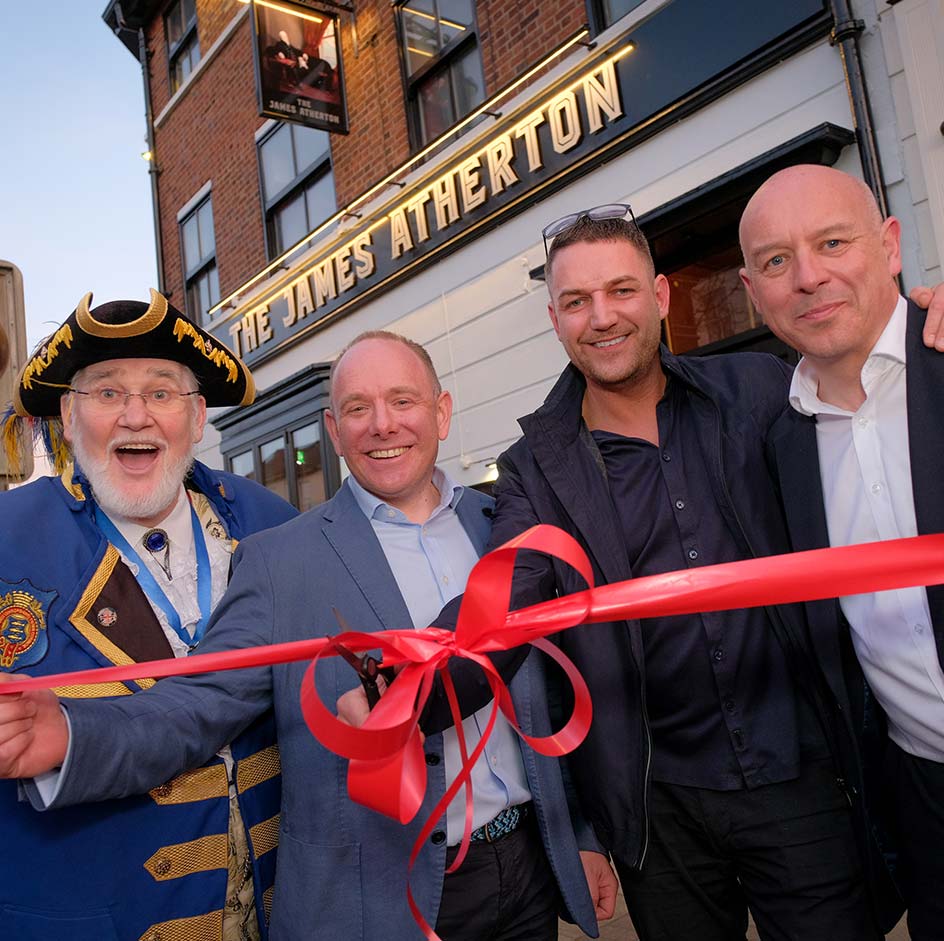A LEADING
TOURIST DESTINATION


The Rise
Where it began
It was in the 1830s that James Atherton, a retired Liverpool merchant recognised the opportunities that New Brighton offered, with its extensive views and miles of flat beaches.
Buying up 170 acres of sandhills and heathland, Atherton built a hotel and ferry, developing it as a desirable residential resort for the gentry.
By the turn of the century, New Brighton had become a leading tourist destination, far more popular than Atherton could have envisaged, rivalling other resorts including Blackpool, with New Brighton’s own 567ft high tower leading the list of numerous attractions plus the world’s largest open air swimming pool.
The Fall
New Brighton continued to flourish as a resort following the last war, but with the coming of cheap package holidays, it began to lose its appeal. Many attractions disappeared including the tower building, fairground, ferries and pier, and the town slipped into decline as tourist numbers dwindled.
Forgotten, neglected and unloved, for many years, local business and community leaders campaigned for New Brighton’s renaissance, and some shoots of regeneration such as the development of the seafront have emerged, however lack of integration and considered interfacing with the rest of the town has resulted in marginalising even the closest neighbourhoods adjacent to the Marine Promenade.


A New Renaissance
Witnessing the terminal decline of the town first hand, Rockpoint Leisure CEO Dan Davies stepped in with a privately-funded three-point regeneration strategy which focuses on the commercial revitalisation of the area, public realm improvements and the introduction of a seasonal calendar of animation and large-scale events to attract visitors.
The company are now working with the local authority, and chamber of commerce in developing the Victoria Quarter as a viable yet complementary alternative to the mainstream seafront offer.




